In February 2023, the religion news beat took a sudden detour from its usual narratives of white evangelicals and politics, the rise of the unaffiliated (the “nones”), denominational schisms, and megachurch scandals. For several weeks, the news was dominated by an improbable and apparently unorchestrated revival at Methodist-affiliated Asbury University in central Kentucky. By late February, some 50,000 people had descended on the campus to pray and sing with Asbury students. The work’s logistical load at Asbury was massive (they did have courses to teach, after all!). University leaders eventually decided it was time to conclude the formal revival meetings.
As Jesus taught, the Holy Spirit does not operate on human calendars: “The wind blows where it wishes, and you hear its sound, but you do not know where it comes from or where it goes. So it is with everyone who is born of the Spirit.” (John 3:8) It may seem surprising, in contemporary college culture, for a huge student-led revival to come out of nowhere and capture the notice even of the secular media. Aren’t all today’s college students supposed to be censorious, anti-religious, and “woke”?
In our age, religion typically appears in the elite media only when it is connected to politics or scandal. But the Asbury renewal echoed a theme woven deep in American history, and in the history of Christianity: the outbreak of religious awakening in unexpected times and places. As Christians meditate on the mysteries of Easter, a fresh look at the Asbury revival suggests that Christianity means expectations will always be defied—even in 2023.
Earlier Revivals
The spiritual outpourings of the Book of Acts have been the primary Christian template for revival since the apostolic period. In America, the modern history of revivalism began with the First Great Awakening of the 1730s and ’40s. Although some skeptical scholars have dismissed the significance of those revivals, most American history courses still acknowledge the First Great Awakening as one of the biggest social upheavals before the American Revolution. It also provided a style of popular appeal and moral intensity to Patriots such as Patrick Henry, who attended Virginia revival meetings as a boy.
In some ways, the Second Great Awakening of the early 1800s was even more consequential than the First in shaping American Protestantism. As Ross Douthat recently noted, just when an aging Thomas Jefferson was (ludicrously) predicting in 1822 that rationalist Unitarianism would dominate American religion, the lawyer-turned evangelist Charles Finney was going through a conversion experience and contemplating a call to ministry.
Finney’s revivals introduced novel tactics and human-centered theology that bothered many traditionalist Christians, even at the time. But Finney’s success demonstrated again that the cool, skeptical rationalism of a Jefferson almost never appeals to the people at large. By the 1830s, upstate New York was so dramatically transformed by rampaging Finneyite revivals that some called it a “burned-over district.”
The Second Great Awakening was the greatest era of Protestant growth in American history. The old colonial denominations, especially the Congregationalists and Anglicans (the latter called Episcopalians after American independence), did modestly well during the Second Great Awakening. They remained the denominations of choice for many political and financial elites. But the real dynamos of the Second Great Awakening were the Baptists and especially the Methodists.
Baptists were a tiny sect as of 1776. Methodists were almost nonexistent in America at that time. By the eve of the Civil War, however, the Methodists and Baptists had become the largest Protestant denominations in the country, with tens of thousands of congregations each. If you go to virtually any downtown area in the South or the Midwest, there will be First Baptist Church on one corner, and First Methodist on the other. Those churches were largely founded during the Second Great Awakening.
The Methodists and Baptists, unlike the Episcopalians and Congregationalists, never were officially “established” churches in colonial America. They had an entrepreneurial spirit that the old churches lacked. If they didn’t pray hard and work hard, they had no reason to expect that their churches would survive.
Yet they didn’t “dumb down” religion to make it palatable to the culturally fashionable. Indeed, the Baptists often gloried in Calvinist doctrines such as predestination, or the idea that God had chosen the “elect” alone for salvation. All the evangelical churches talked plenty about the eternal realities of heaven and hell. Americans—both white and black—believed the spiritual stakes were as high as possible, and they came to the Baptists, Methodists, Presbyterians, Churches of Christ, and other denominations in droves.
Where did Catholics fit in this story? The surge in Catholic immigration from Ireland and Germany was just beginning as the Second Great Awakening was entering maturity in the 1830s. The immigrant tide swelled even more in the late 1800s, with Italians, Poles, and other Europeans coming by the millions. Protestants, of course, viewed Catholic newcomers with suspicion and saw them as targets for conversion. Ironically, some American priests responded by crafting their own brand of Catholic revivalism. In Kentucky’s Bardstown Diocese (not far from today’s Asbury University), Catholic leaders in the 1820s already witnessed emotional revival-like meetings with an “abundance of tears,” confession, and repentance of sins.
Continuing Renewal
While the “First” and “Second” Great Awakenings are fixtures of American history, there’s no agreed-upon “Third” Great Awakening. Maybe this perceived absence of a Third Awakening reflects the continuing power of the “secularization” thesis, which once assumed that as America became more “modern,” it would become less religious. Thus, one could imagine a professor teaching an American History since 1877 course that hardly mentions religion, except maybe for brief non-revival episodes like the Scopes “Monkey Trial” over evolution in 1925, or the rise of the Religious Right in the Reagan era.
But the closer you look, the more American revivalism since 1877 actually appears to be a story of continuity amidst new circumstances, not of decline and demise. The extraordinary Azusa Street revival in Los Angeles in 1906 is widely viewed as a birth moment for modern Pentecostalism, with its characteristic gift of speaking in “tongues.” What Methodism was in the 1800s, Pentecostalism has been in the 1900s and early 2000s. Pentecostal movements (including the controversial health-and-wealth teaching of the “prosperity gospel”) remain the fastest-growing segments of Christianity in the world today. Pentecostals have been especially successful in sub-Saharan Africa, in Latin America, and among Hispanics in the United States.
The closest thing we’ve had to a “Third” Great Awakening, though, occurred from the 1950s to the 1970s. Several loosely related trends combined to re-energize American Christian commitment in those decades, even as liberalizing “mainline” denominations began a pattern of massive decline that continues into the present. One factor was the rise of neo-evangelicalism, headlined by the globe-trotting evangelistic preaching of Billy Graham. Neo-evangelicals also engaged in a new spate of mid-century organizing, with parachurch groups such as Campus Crusade for Christ (now called Cru) and The Navigators. Such ministries would ensure an ongoing evangelical witness in spheres such as higher education and the military.
Another factor, particularly in the 1960s and ’70s, was the charismatic movement. Charismatics drew on the Pentecostal tradition, but were more focused on expressive worship and healing than on speaking in tongues. The charismatic renewal influenced almost every Protestant denomination to some extent, as well as many Catholics. For Catholics, the charismatic renewal, followed by the massively consequential papacy of John Paul II, also supplied bursts of much-needed energy after Vatican II.
As portrayed in the recent film Jesus Revolution, charismatic faith also fed the “Jesus People” movement. The Jesus People enculturated Christianity into the hippie and broader youth milieu of the 1960s and ’70s. This trend again demonstrated evangelical Christianity’s remarkable ability to adapt in new social and demographic settings. The Jesus People further illustrated American religion’s enduring capacity for showing up in unlikely settings. Conservative critics reviled the hippie crowd for their notorious use of illicit drugs and unchecked sexual license. Yet the revivalist energies of the Christianized Jesus People once again transformed the American religious landscape. Neckties, hymnals, and organ music were out; jeans, guitars, Christian rock, and raised hands became the norm in the average American worship service.
Another Awakening?
The lasting effects of the work at Asbury are as yet unknown. We won’t be able to tell for some time whether it was a one-off event or a pattern of larger, enduring renewal. The First Great Awakening preacher and theologian Jonathan Edwards astutely noted that you can only judge a revival by its lasting effects. Years from now, perhaps dozens or hundreds of pastors, missionaries, and other devoted Christians will look back and remember that God changed their life at Asbury or associated campus revivals in 2023. There certainly have been reports of such revivals at other American colleges and churches. Much of its eternal fruit will probably never get into the news.
One post-Asbury episode has already provided a final surprising example for our story: a Eucharistic renewal recently happening in the church of Holy Cross Parish in the Bronx. This immigrant-led Catholic movement is self-consciously drawing on what happened at Asbury. But instead of white Protestants, this parish renewal is dominated by urban Catholic immigrants from the Caribbean and Africa. One of the Bronx priests explains that, “There were prayer teams, and music, and people just came and kneeled in the sanctuary close to the Lord. And by midnight, there were like 600 people there, still just praying and praising—and in the style of our communities; the style of the Caribbean Catholic culture is very charismatic, so that’s the style.”
Renewals, revivals, and awakenings are unpredictable, by definition. Christians should not credulously accept them as de facto works of God just because they’re on the news, or on YouTube. Sometimes revivals turn out just to be frothy chaos; sometimes they introduce aberrant beliefs and practices. But sometimes they produce godly results that last for generations: lives transformed and renewed, people called into vocational ministry, and communities brought to greater wholeness of bodies and souls.
Pollsters are constantly telling us that American religion is falling apart. The younger generation is turning away from church, the prophets of doom say. The “nones” will soon be a plurality, if not a majority of Americans. Maybe this is true, but polling on religion can be highly misleading. A statistically significant number of people who say they have “no religion,” for example, will also say that they attend church regularly. Meanwhile, some self-identified white evangelicals almost never go to church. We shouldn’t depend on polls to tell us what’s really happening on the religious landscape.
American and world religion is always changing, to be sure. Sometimes that change is driven by religion’s antagonists, sometimes by its friends. But change does not equal decline. Given the regular recurrence of renewal, often in unexpected quarters, I wouldn’t bet against religion’s future in America. The wind still blows where it will.
A note from the editor.
An introductory letter from the founder and editor of Public Discourse.
A note from the editor.
Public Discourse © 2023 / All Rights Reserved
© 2023 The Public Discourse
source
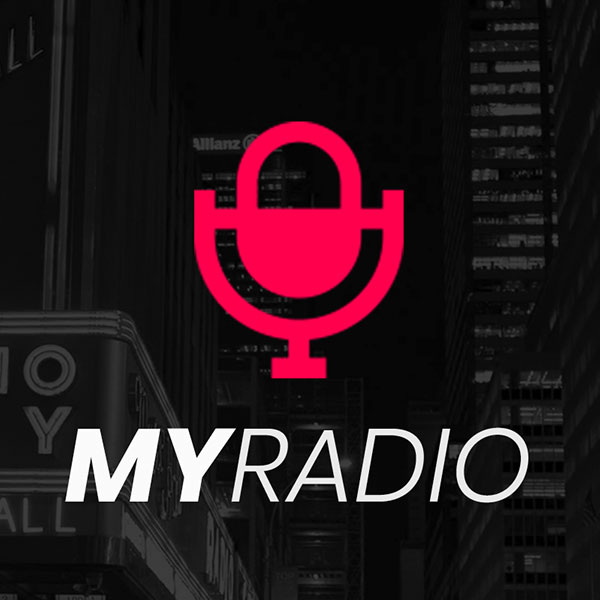
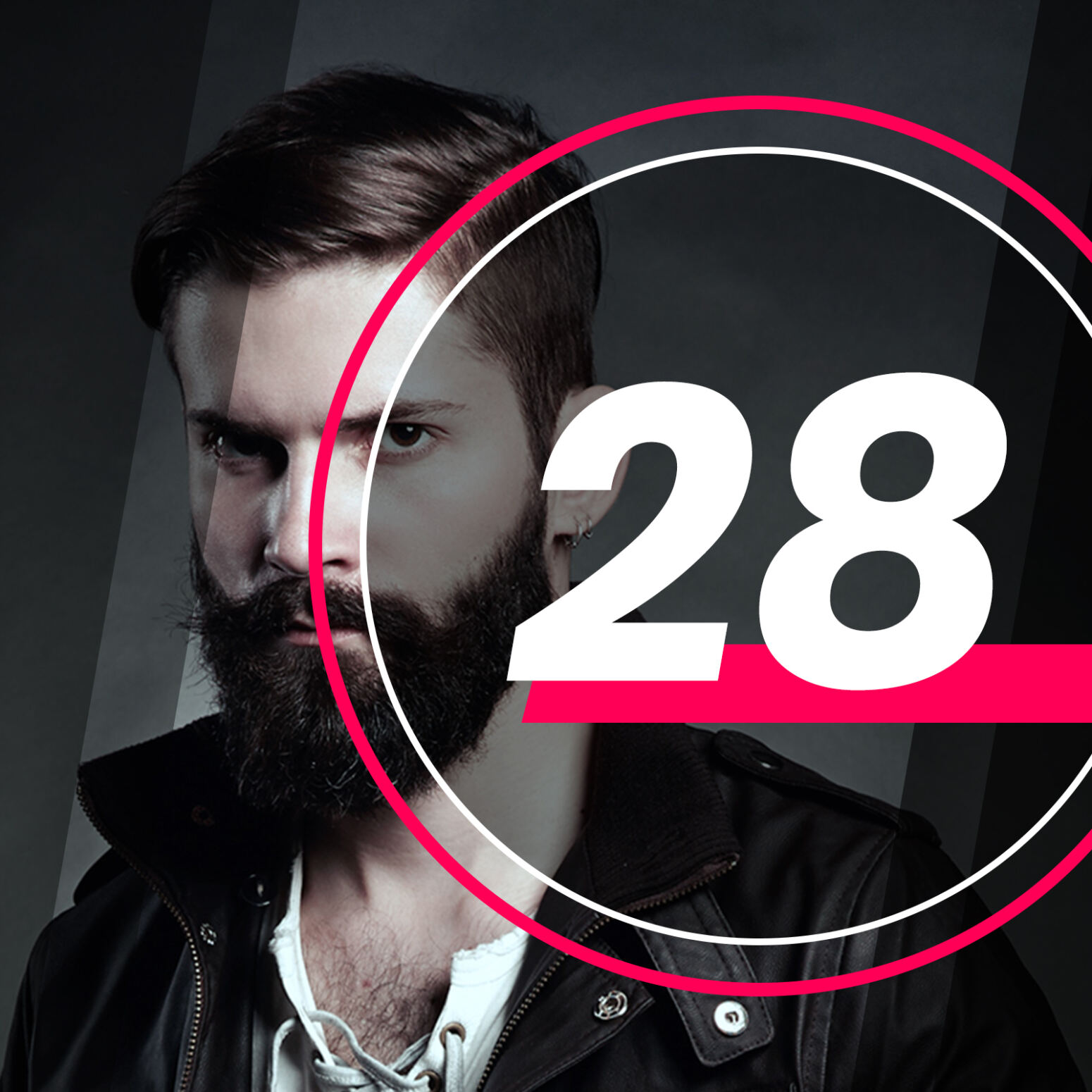


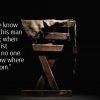
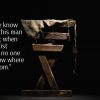



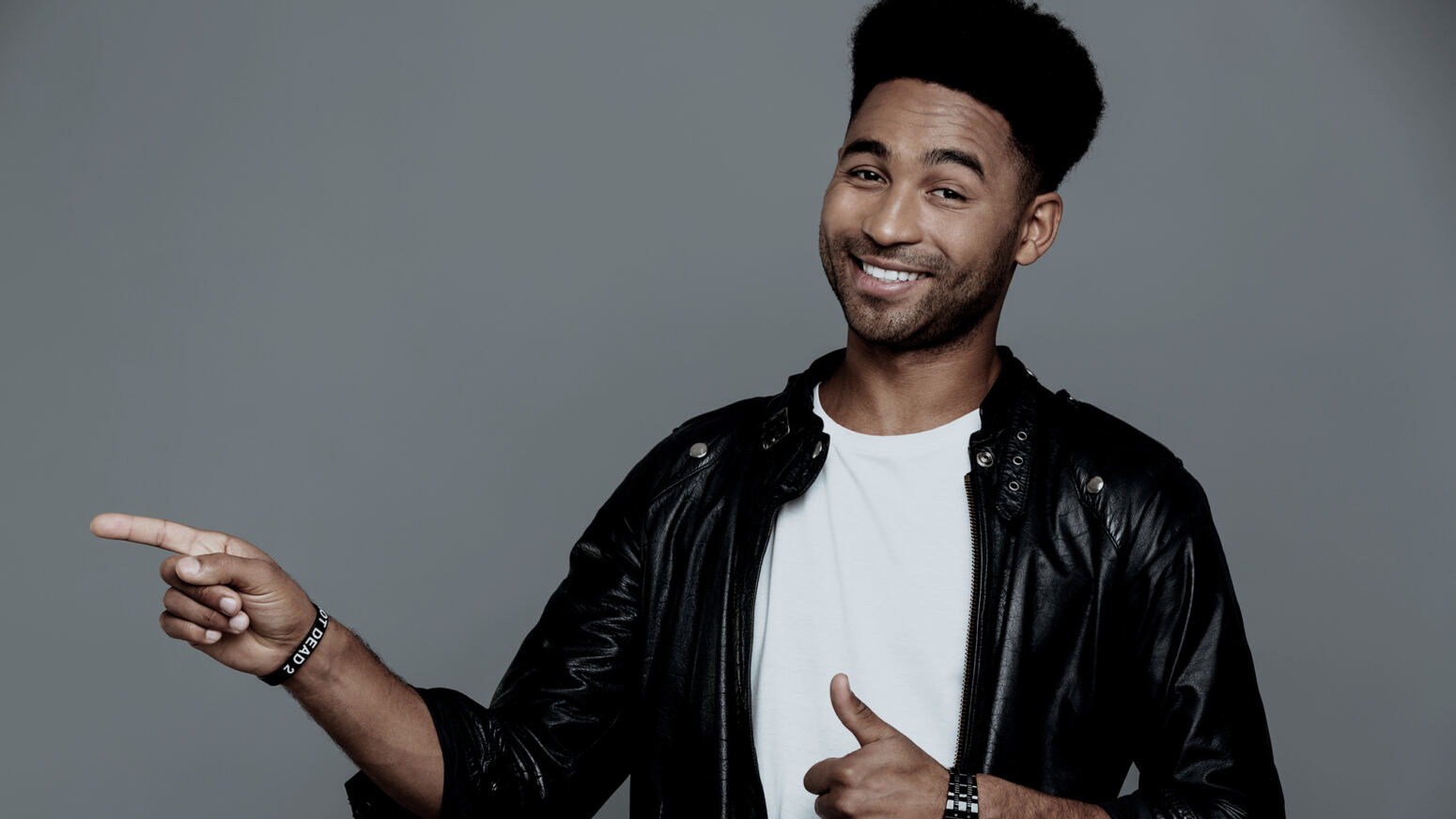

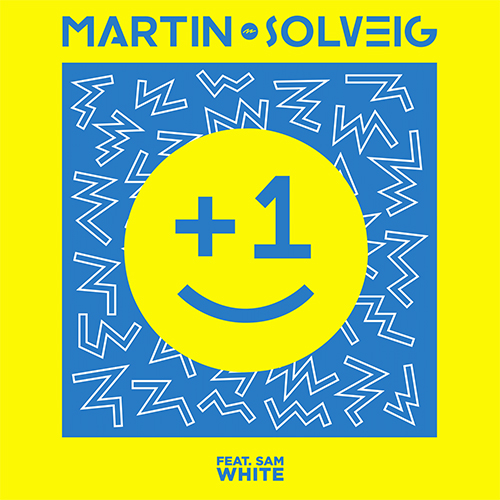
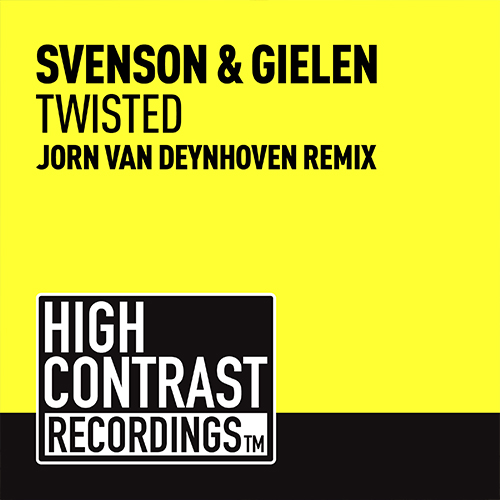
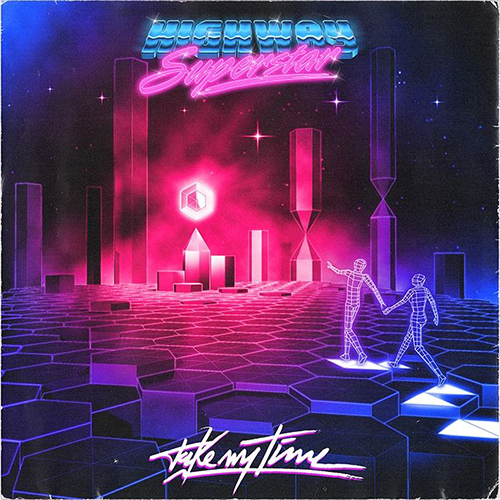
Post comments (0)